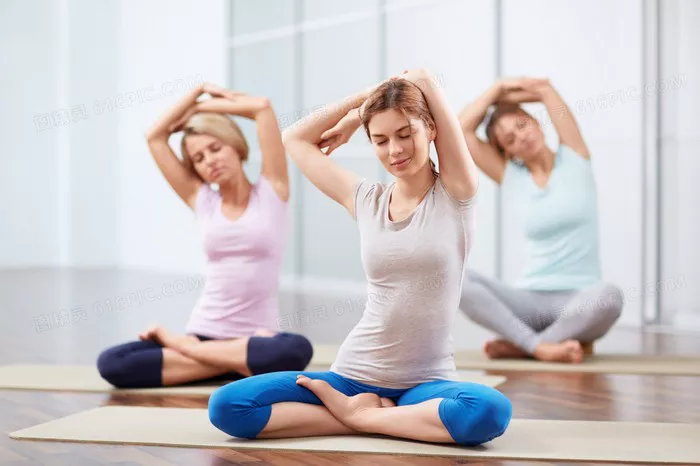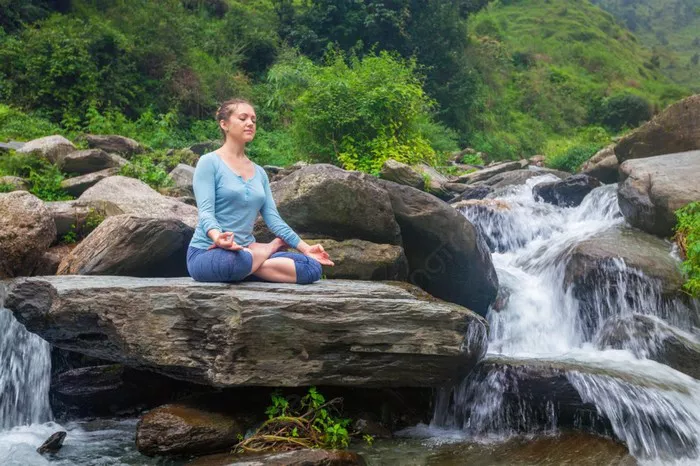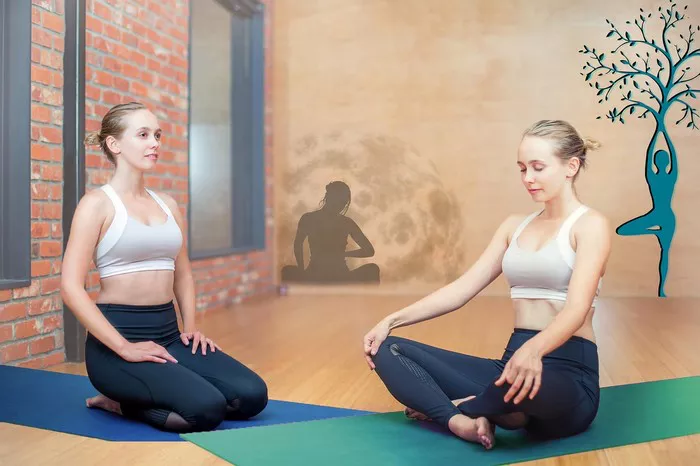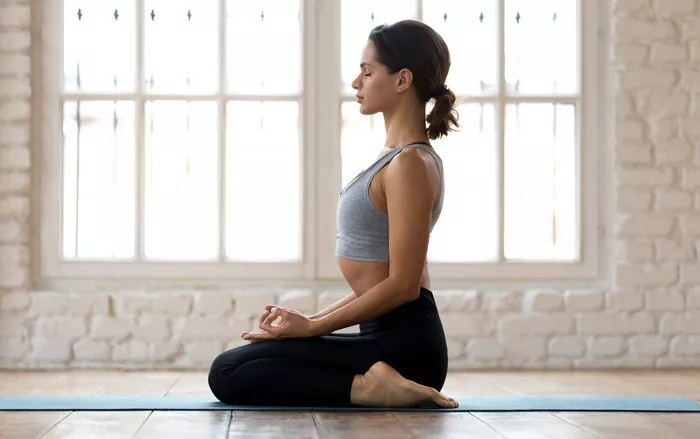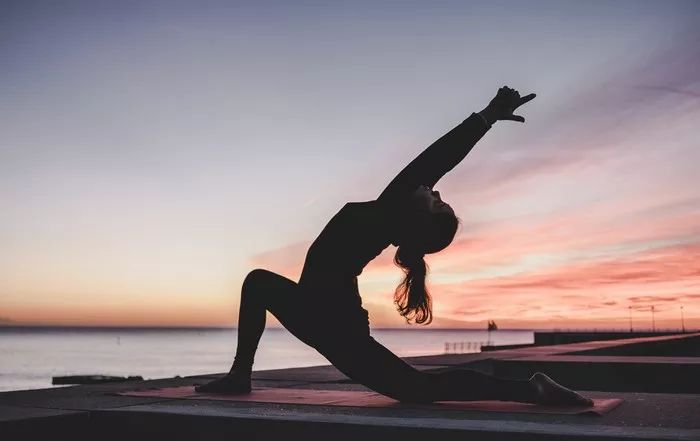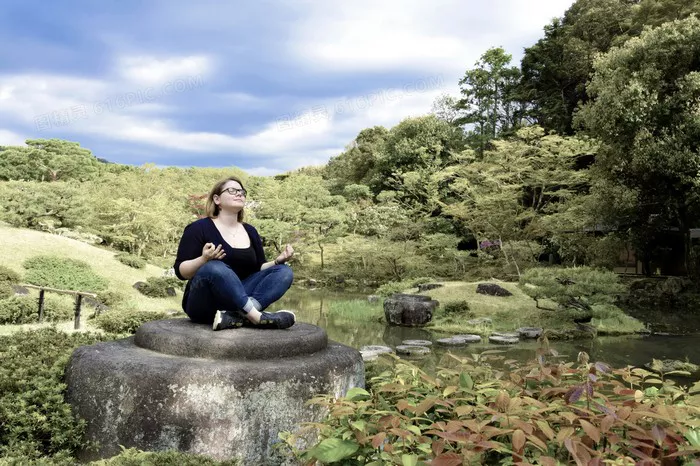Yoga, an ancient practice originating from India, has been embraced worldwide for its numerous physical, mental, and spiritual benefits. Among the various styles of yoga, Hatha yoga serves as an excellent starting point for beginners. Hatha yoga focuses on physical postures (asanas) and breathing techniques (pranayama), providing a solid foundation for a consistent yoga practice. This article will serve as a comprehensive guide, walking you through the essential aspects of Hatha yoga, from understanding its principles to performing basic poses safely.
Understanding Hatha Yoga
What is Hatha Yoga?
The term “Hatha” is derived from two Sanskrit words: “ha,” meaning sun, and “tha,” meaning moon. Symbolically, Hatha yoga represents the balance between the masculine (sun) and feminine (moon) energies within the body. This style of yoga combines physical postures, breathing exercises, and meditation to promote overall well – being. Hatha yoga classes typically move at a slower pace compared to other styles, allowing beginners to focus on proper alignment, breath control, and body awareness.
Key Principles of Hatha Yoga
Alignment: Proper alignment is crucial in Hatha yoga. Each asana has specific alignment principles that help prevent injuries and maximize the benefits of the pose. When in a pose, pay attention to the position of your joints, the length of your spine, and the distribution of your weight. For example, in a standing pose like Tadasana (Mountain Pose), your feet should be parallel, your knees straight but not locked, your spine elongated, and your shoulders relaxed.
Breath Control: Breath is the life force in yoga. In Hatha yoga, we practice deep, diaphragmatic breathing. This means that as you inhale, your abdomen should expand, and as you exhale, it should contract. The breath is used to synchronize movement within the poses, bringing a sense of calm and focus. For instance, when moving into a forward bend, you might exhale as you fold forward, and inhale as you slowly rise back up.
Mindfulness: Hatha yoga encourages practitioners to be present in the moment. As you move through the poses, focus on the sensations in your body, the rhythm of your breath, and your thoughts. This mindfulness helps to quiet the mind, reduce stress, and increase self – awareness.
Preparing for Your Hatha Yoga Practice
Setting Up a Space
Create a dedicated space for your yoga practice. It doesn’t need to be large; even a small corner of a room will do. Make sure the area is clean, quiet, and free from distractions. You can add some soft lighting, perhaps a scented candle, and some calming music to enhance the atmosphere. Place a yoga mat on the floor to provide cushioning and stability during your practice.
Choosing the Right Equipment
Yoga Mat: Invest in a good quality yoga mat. Look for a mat that is thick enough to provide cushioning but not so thick that it affects your balance. A non – slip surface is essential, especially when you start sweating during your practice.
Props: Props can be extremely helpful for beginners. A yoga block can assist you in reaching the floor in poses like forward bends, while a yoga strap can help you hold poses that require greater flexibility. A blanket can be used for support under your knees or to cushion your body in relaxation poses.
Dressing Comfortably
Wear comfortable, breathable clothing that allows you to move freely. Avoid tight – fitting clothes that restrict your movement. Opt for materials like cotton or moisture – wicking fabrics that will keep you cool and dry during your practice.
Standing Poses
Tadasana (Mountain Pose)
How to Do It: Stand with your feet together, big toes touching. Distribute your weight evenly on both feet. Engage your core muscles, lift your chest, and elongate your spine. Let your arms hang naturally by your sides, palms facing inwards. Keep your gaze forward.
Benefits: Tadasana helps to improve posture, strengthens the legs, ankles, and core muscles, and promotes body awareness.
Vrksasana (Tree Pose)
How to Do It: Stand tall in Tadasana. Shift your weight onto your left foot. Bend your right knee and place the sole of your right foot against your inner left thigh, above or below the knee. Bring your hands together in front of your chest or overhead. Focus on a point in front of you to maintain balance.
Benefits: Vrksasana improves balance, strengthens the legs and ankles, and stretches the inner thighs.
Forward Bends
Uttanasana (Standing Forward Bend)
How to Do It: Start in Tadasana. Exhale as you hinge at the hips and fold forward. If you can’t reach the floor, place your hands on your shins, knees, or use a yoga block for support. Keep your back straight as much as possible, and let your head hang naturally.
Benefits: Uttanasana stretches the hamstrings, calves, and lower back. It also helps to calm the mind and relieve stress.
Paschimottanasana (Seated Forward Bend)
How to Do It: Sit on the floor with your legs extended straight in front of you. Inhale and lengthen your spine. Exhale as you fold forward from the hips, reaching for your feet or ankles. If you can’t reach, use a yoga strap around your feet. Keep your knees slightly bent if necessary.
Benefits: Paschimottanasana deeply stretches the entire back of the body, including the hamstrings, lower back, and shoulders.
Backbends
Bhujangasana (Cobra Pose)
How to Do It: Lie face down on the floor. Place your hands under your shoulders, fingers pointing forward. Inhale as you lift your upper body off the floor, keeping your elbows close to your sides. Arch your back, looking up towards the ceiling.
Benefits: Bhujangasana strengthens the back muscles, stretches the chest and abdomen, and improves posture.
Ustrasana (Camel Pose)
How to Do It: Kneel on the floor, thighs perpendicular to the floor. Place your hands on your hips. Inhale as you arch your back, reaching for your heels. Keep your thighs parallel to each other.
Benefits: Ustrasana stretches the front of the body, including the chest, abdomen, and thighs. It also improves flexibility in the spine.
Twists
Ardha Matsyendrasana (Half Lord of the Fishes Pose)
How to Do It: Sit on the floor with your legs extended. Bend your right knee and place the sole of your right foot flat on the floor outside your left thigh. Twist your upper body to the right, placing your left elbow on the outside of your right knee. Look over your right shoulder.
Benefits: Ardha Matsyendrasana twists and massages the internal organs, improves spinal flexibility, and relieves back pain.
Inversions
Viparita Karani (Legs – Up – the – Wall Pose)
How to Do It: Sit next to a wall with your side against the wall. Lie back and swing your legs up the wall. Adjust your position so that your buttocks are close to the wall. Let your arms rest by your sides, palms facing up.
Benefits: Viparita Karani helps to reduce swelling in the legs, calms the mind, and relieves fatigue.
Breathing Techniques in Hatha Yoga
Diaphragmatic Breathing
How to Do It: Lie on your back with your knees bent and your feet flat on the floor. Place one hand on your chest and the other on your abdomen. Inhale slowly through your nose, feeling your abdomen rise as you fill your lungs with air. Exhale slowly through your mouth, feeling your abdomen fall. Try to keep your chest as still as possible.
Benefits: Diaphragmatic breathing increases oxygen intake, calms the nervous system, and helps to relax the body.
Ujjayi Breath
How to Do It: Sit in a comfortable position with your spine straight. Inhale through your nose, constricting the back of your throat slightly so that you can hear a soft, ocean – like sound. Exhale in the same way, maintaining the sound throughout the breath.
Benefits: Ujjayi breath helps to regulate the breath, increase concentration, and warm up the body.
Relaxation in Hatha Yoga
Savasana (Corpse Pose)
How to Do It: Lie on your back with your legs extended and your arms by your sides, palms facing up. Close your eyes and let your entire body relax. Let go of any tension in your muscles, and focus on your breath. Stay in this pose for 5 – 10 minutes.
Benefits: Savasana is an essential part of any yoga practice. It helps to relax the body and mind, reduce stress, and promote deep relaxation.
Tips for a Successful Hatha Yoga Practice
Start Slowly: Don’t push yourself too hard, especially when you’re a beginner. Listen to your body and only do what feels comfortable. It’s better to progress slowly and steadily than to risk injury.
Practice Regularly: Consistency is key in yoga. Try to practice at least a few times a week to see long – term benefits. Even a short 10 – 15 minute practice can make a difference.
Learn from a Qualified Teacher: If possible, take a Hatha yoga class with a qualified instructor. A teacher can provide personalized feedback, correct your alignment, and answer any questions you may have.
Conclusion
Hatha yoga is a wonderful practice that can help beginners improve their physical health, mental well – being, and overall quality of life. By understanding the principles, preparing properly, learning basic poses and breathing techniques, and practicing regularly, you can embark on a fulfilling yoga journey. Remember, yoga is not about perfection; it’s about progress and self – discovery.
Related Topics





